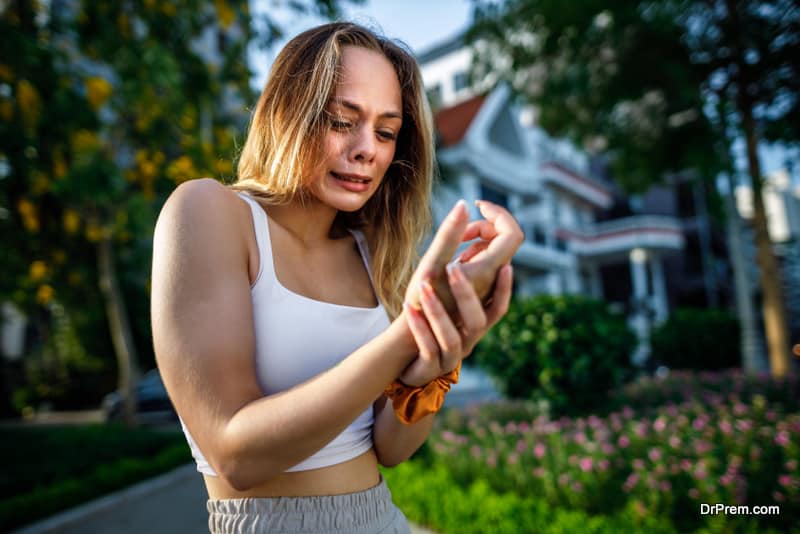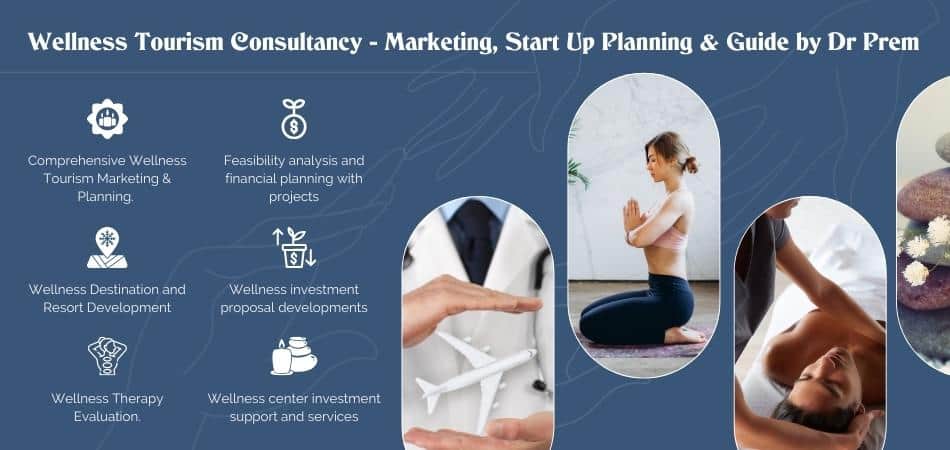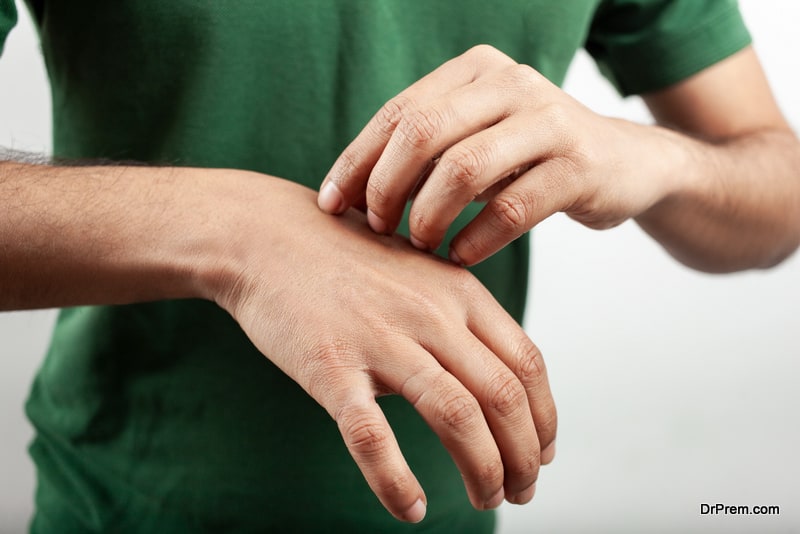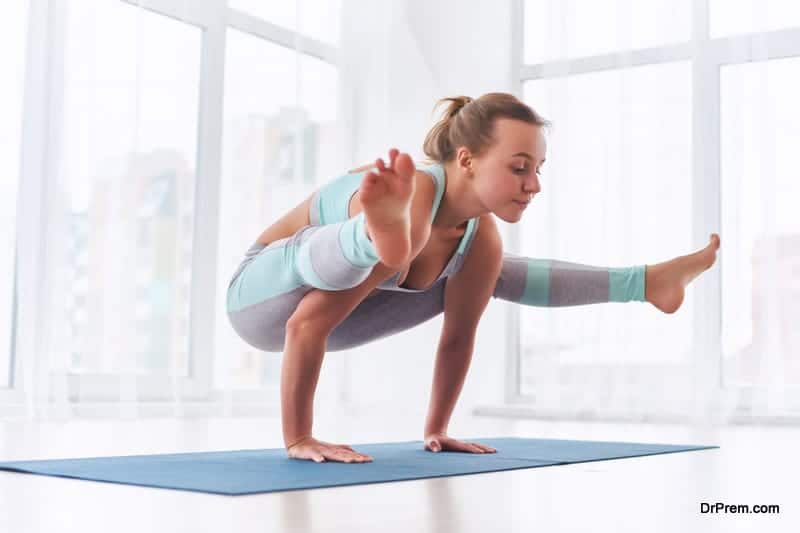What is Agnikarma?
Agnikarma is also known as ‘Dahan karma’. This therapy is based on the Ayurvedic principle for the treatment of certain diseases using heat burns. According to this principle, some diseases are not curable by medicines or surgery. Such diseases can be effectively treated using the Agnikarma method.
It is similar to cauterization but is a part of Ayurvedic surgical treatment. Agnikarma in Ayurveda is commonly used for abdominal cramps, headaches, joint pain, and convulsion disorders. It is believed that Agnikarma cures the ailments completely and the chances of recurrence are very less. It can also be termed an intentional therapeutic heat burn.
Here is what you will learn from this guide –
A Complete Guide to Agnikarma by Dr Prem – Concept, Origin, Technique, Procedures, Benefits, Safety Measures and Important Facts
-
Origin
-
Indications for Agnikarma Treatment
-
What Techniques are used in Agnikarma?
-
What are the Agnikarma Procedures?
-
What are the Benefits of Agnikarma Therapy?
-
How does Agnikarma Cure Various Pain?
-
What conditions are contradictory for Agnikarma?
-
Are there any side effects of Agnikarma?
-
Risks and Complications
-
Important facts about Agnikarma
-
Who performs Agnikarma Therapy?
-
What does Agnikarma Therapy Cost?
Origin

In Sushruta Samhita, HaritaSamhita, and other ayurvedic medicine literature, Agnikarma is said to be the supreme in all the para surgical procedures and one of the 8 most important treatments for curing diseases. Later, special instruments known as cauters were used, which were further improved by Ambroise Pare for more effectiveness.
In the modern world today, musculoskeletal disorders like spondylosis, osteoarthritis, etc are the major cause of disabilities. Persistent muscular and joint pain can affect the quality of life and lead to psychological distress in people. Alternative treatments like Agnikarma provides instant relief and highly effective results.
Indications for Agnikarma Treatment
- Cervical and Lumbar Spondylitis
- Sciatica
- Frozen Shoulder
- Joint pains
- Calcaneal Spur
- Acute and Chronic Inflammatory conditions of joints and soft tissue
- Headaches, Migraines, or Sinusitis
- Abdominal discomfort
- Piles
- Epilepsy
- Schizophrenia
- Myofascial pain
- Rheumatoid Arthritis
- Gout
- Trigger Finger
- Carpal Tunnel Syndrome (CTS)
- Slipped Disc (prolapsed disc)
- Certain skin lesions like corn, keloid, cyst, and eczema
What Techniques are used in Agnikarma?

These are then used at particular sites on the patient’s body depending on the ailments. The cauter used in this procedure induces pointed, controlled, and therapeutic burns on the tender or painful areas that need to be treated. All instructions given by the physician need to be followed correctly. Agnikarma for back pain and other pains works wonders; however,additional settings can be required for certain chronic ailments.
It is also essential to note that if the technique of the Agnikarma procedure is performed wrongly, it can cause some serious complications. Thus, it is of paramount importance that the treatment is carried out by a well-trained, proficiently skilled ayurvedic practitioner only, especially with specific expertise in Agni karma. You can find Agnikarma in places that perform it traditionally or in wellness resorts as well.
What are the Agnikarma Procedures?
- Agnikarma involves thermal micro-cauterization or Agni karma instruments known as Shalaka. Certain preoperative measures need to be followed before starting the treatment. The process of preparing the patient, taking aseptic precautions, cleaning the site with prescribed solutions, etc before Agni karma remains the same irrespective of the condition.
- The sites where cauterization is performed are decided depending on the disease, its nature, the patient’s constitution, and the severity of the issue. The number and depth of heat burns also depend upon the ailment. Then the tip of the heated thermal microcautery unit is precisely applied to these specific areas. Further, followed by this action, holistic burn cool cream is applied for instant cooling relief.
- The tip of the instrument is kept in contact with your skin only for 1 to 10 seconds in one place. It can be repeated on other points of the body. As a post-operative measure, certain Ayurvedic medicines are given orally, and some are given to apply on the site. If required the specialist may consider giving other medications also. Dressing of the site needs to be done regularly as prescribed.
- However, during this entire procedure, if the patient has any discomforted feelings, the therapist handles it with consolation and courageous talks. You may also be offered cold water to drink or sprinkle cold water to keep you calm and comfortable. It is necessary to perform Agnikarma till the completion of the required cauterization procedure.
What are the Benefits of Agnikarma Therapy?
Least chance of pathological phenomenon reoccurrence –

Quick relief and Long term effects –
Patients who undergo this procedure experience Agnikarma benefits quickly that persist for a long-term period. The discomfort and adverse effects of the disease are healed, as Agnikarma balances local Vata and Kapha Doshas in your body. The pain is instantly reduced as the procedure destroys the damaged nerve fibers.
OPD-based therapy procedure –
Agnikarma is an Outpatient department treatment, where the patient is not hospitalized or made to stay under observation due to the classic fact that the Agnikarma procedure does not lead to bleeding, decay of organic matter, or putrefaction. Thus, it can be taken care of at home with help of prescribed precautionary measures.
Least chance of Infections to the operated wound –
In this treatment, enough heat is applied to the affected area that causes therapeutical burns, but cannot scald the skin or increase discomfort. As Agnikarma itself is the most sterile procedure, thus the chances of infections to the operated wound after Agnikarma is very less, almost nil.
Cost-effective treatment –
Agnikarma is a safe treatment that provides permanent solutions to problems that cannot be cured with medical surgeries. The therapy has no side effects and is one of the most cost-effective treatments. However, Agnikarma treatment cost may vary a little depending on the disease and practitioners.
Well-tolerated and received by the patients –
As per a study relieved, Agnikarma completely relieves symptoms in 80% of patients, while 20% experienced moderate relief. There were no Agnikarma side effects noticed and it relieves both pain and stiffness. It is beneficial for acute and chronic pain as well. The substances used in this process are analgesic and anti-inflammatory in nature. This results in providing significant relief from disease and symptoms.
How does Agnikarma Cure Various Pain?
Agnikarma is considered the superior surgical procedure for curing various ailments like heel pain, arthritis, sprains, and sciatica. The procedure is usually performed for 2 to 3 minutes or more only if required. It cures pain as it directly inflicts burns on the surface of the diseased tissue with Dahanopakaranas (cauterization tools).
This works with the help of transferred heat from the cauter to the skin that removes obstructions in the channel of the body (Srotas) that transports blood, nutrients, and sensory information, and expels waste products like carbon dioxide. This causes an increase in the blood circulation in the affected area leading to a simultaneous rise in metabolic activity in the body.
The controlled rise in the temperature increases cellular activity and motility. Blood vessels get dilated and release chemical mediators. As there is an increase in blood circulation, it results in an analgesic effect on the afferent nerves and cures inflammation. Furthermore, it provides relief from pain and other problematic symptoms.
What conditions are contradictory for Agnikarma?
Agnikarma therapy is not recommended for everyone. Certain contradictions need to be considered before undergoing this treatment such as:
- Pregnant
- Young children
- Pitta Prakruti
- Multiple ulcers
- Affected by poison
- Alcoholic
- Anemic
- Very old age
Note – People who have problems such as obesity, indigestion, or low immunity should also consider informing practitioners before undergoing the therapy.
Are there any side effects of Agnikarma?
No Agnikarma side effects have been reported by any patient in the years of its practice. The patient must only follow prescribed safety measures and visit for follow-ups as asked by your therapist. The follow-ups depend on the severity of the condition.
Although Agnikarna gives instant relief to the pain, it can take up to 2 to 4 weeks to show its full results. It is necessary that the patient diligently adheres to a healthy diet and lifestyle to support the goal of the treatment.
Risks and Complications
To achieve Agnikarma benefits and excellent results, the procedure must be carried out by an Agnikarma expert and skilled surgeon. Properly performed therapy leads to no risks or complications after the treatment. However, one must consider above mention contradictions.
On the other hand, if the procedure is performed wrongly or improperly, then it can lead to various risks and complications like severe burning sensations, bleeding, elevated pain, tissue damage or rupture, suppuration, non-healing ulcers, etc.
Important facts about Agnikarma
- Agnikarma treatment acts directly on the Vata Kaphas doshas, which is the causative factor for the problem and pain. Points are marked with a marker, where the heated and pointed Shalaka is applied. As per the research, this process works due to the transfer of heat energy, similar to the proton-neutron-electron theory.
- The heat treatment of tissue is well-known in Ayurveda for thousands of years. With the advanced techniques in science, electricity improved Agnikarma therapy. The involvement of electricity in medicines took place in the middle of the 18th
- A mixture of honey and pure cow’s ghee was applied to the operated wound and then covered with a sterile bandage. The dressing is still needed to be done by a professional practitioner as it must be done in a certain way only.
Who performs Agnikarma therapy?
To become an ayurvedic therapist to practice various alternative therapies and ayurvedic medicines, one must pursue or earn a degree in a Bachelor of Ayurvedic Medicine and Surgery (BAMS). The training may take 4 to 5 years for professionalism.
However, to perform Agnikarma therapy or any other specific therapy, the therapist must have proficient knowledge and specialized skills. To find one for yourself, you can contact doctors in Ayurveda or approach wellness centers and resorts that perform these therapies.
What does Agnikarma therapy cost?

Last Note
This therapy needs to be applied to a larger number of patients for an appropriate statistical conclusion. Nevertheless, people are increasingly opting for ayurvedic solutions for curing their health problems. Agnikarma is one of the oldest medicinal practices in Ayurveda even before its use was discovered by other medicine branches. Although the equipment, techniques, and other aspects may have become sophisticated and advanced now, the root concept and basic principles of using current or heat in managing various diseases remain the same.

















